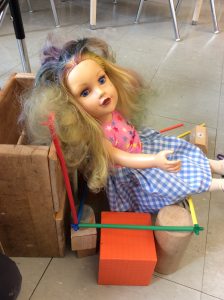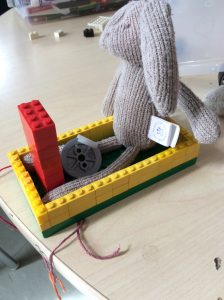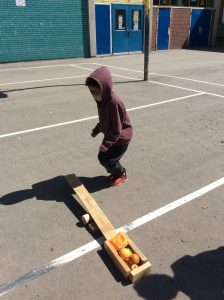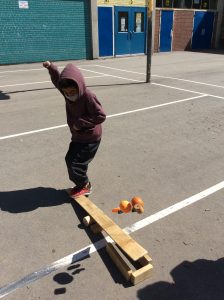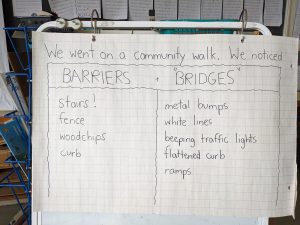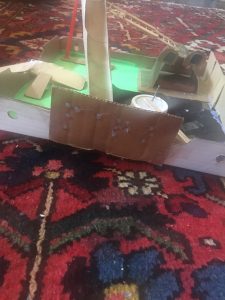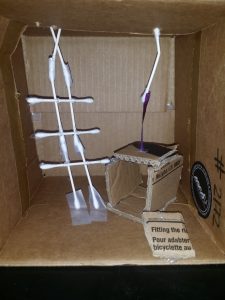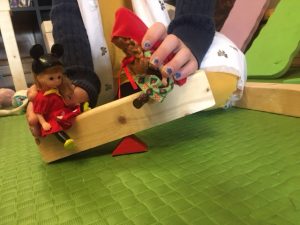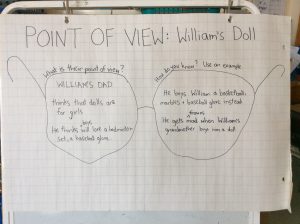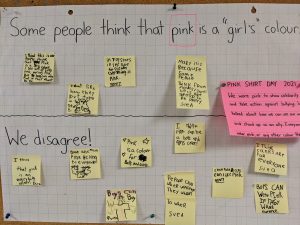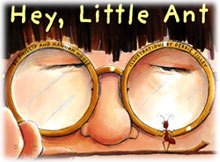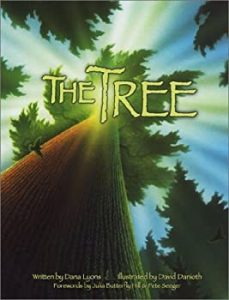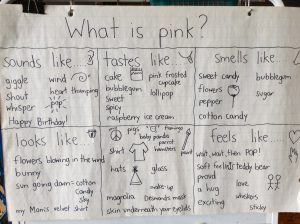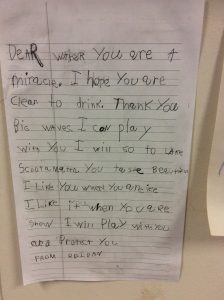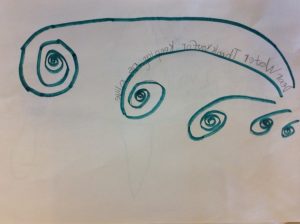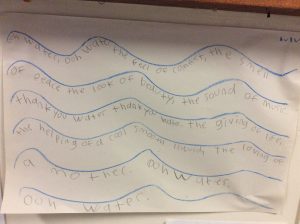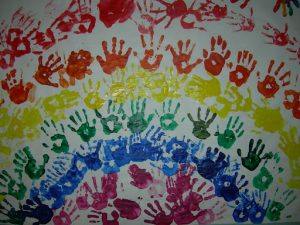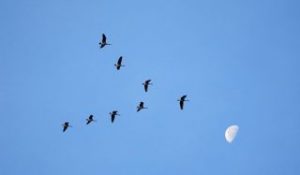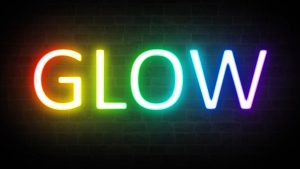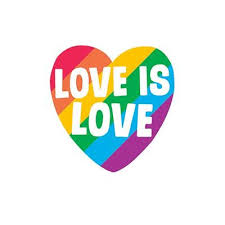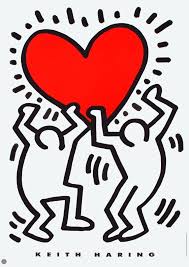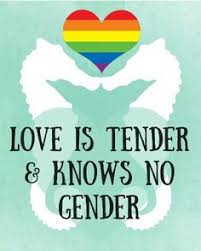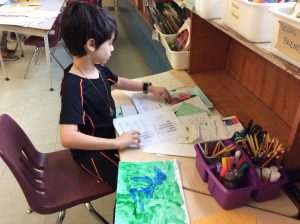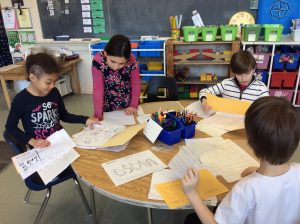“What’s My Superpower” is a sweet and powerful book written by Aviaq Johnston and illustrated by Tim Mack. This is the story of Nalvana, an Inuit child who lives in a northern community, and her journey to find her own “superpower”. This book was gifted to me by my educator friend, Ellie Clin. She thought I might be able to relate to Nalvana, and she was right!
As we prepare for the end of year, some of us might be hoping to include student voice in our Report Cards and/or facilitate Student-Led Conferences. This story could inspire Writing, Drama, and Visual Arts, as well as meaningful opportunities for self-reflection and celebration of all of our “superpowers.”
Here is how I am planning to use this book:
1. Listen to the story, “What’s My Superpower?” by Aviaq Johnston, read aloud on-line.
2. Reflect: What is your superpower?
For example: What makes you a good friend? What activities feel easy for you? What are your gifts or talents?
3. Write about your superpower. Give examples.
4. Draw a picture of yourself using your superpower.
5. Optional: Dress up as a superhero and share your superpower with the class.

I shared this idea with other teachers in the school, and invited them to co-create the template and “success criteria”. We have been talking about creating a shared writing task that can be implemented across the grades to help us build a skills continuum or exemplars of student work from Kindergarten-Grade 6. This writing sample could be considered both a self-reflection for Learning Skills and an introduction to next year’s teacher. It could be included in every students’ portfolio, and/or used for moderated marking.
Transforming Power:
I recently participated in professional learning as part of ETFO’s MentorCoaching program. One of the workshops was called “Transforming Power,” and it was facilitated by Indy Bathh and Louise Pitre. The first activity we did together was to share our superpowers in the Chat. This was a wonderful way to introduce ourselves to each other, and to practice naming our strengths.
It is always interesting to reflect on qualities of leadership with a group of educators who identify as women. As you might expect, the impact of patriarchy and misogyny, capitalism and racism reinforce the oppressive belief that women have less value. In a group of union leaders, it was still difficult for some of the women to identify their own superpowers. This reminded me of how important it is for all of our students to know their power, and to feel powerful, and to use their power to make change.

I want to encourage everyone who is reading this blog to pause and reflect. What are your superpowers? Make a list or draw them. Can you think of a time when you used your superpower to support and empower others? HINT: You do it every day with your students!
CommUNITY:
As I reflect on my own superpowers, I think about how I have been successful at creating community this year: in the classroom, in the school, and in professional learning communities. During this time of isolation, building relationships and making connections has been the most meaningful work I have done.
In the classroom, I support everyone to feel like a VIP every day. We play together, and celebrate our strengths by giving and receiving Heartprints. In GLOW Club, I actively teach about love, pride and resistance. I organize whole-school events, like the WTF embodied Land Acknowledgment, Gender Splendour Week, sing and dance like a Mummer, and strut my stuff on the runway during our Kiki Ball. I listen and share picture books with staff, and acknowledge the powerful work they are doing with their students.
In the school, I facilitate brave conversations with families through Book Club and Community Core Values discussions, and I share resources with families about Settler Allyship and how to talk to children about anti-Black racism. As the Union Steward, I use our BBSAT (Building Better Schools Action Team) distribution list to share information about ETFO campaigns and actions by Ontario Education Workers United and Ontario Parent Action Network.
As part of my own professional learning, I will continue to share ETFO’s Women’s Equality Project with locals, and collaborate with members in Ottawa to build relationships of equity and justice. I will continue to attend ETFO webinars and access resources. I hope to finish my Masters of Education next year. It has been an honour and a privilege to learn with educators in community.
Gratitude:
After 12 years, I will be leaving The Grove Community School. As one of the founding teachers, I am extremely proud of the learning we have done together to create the first public alternative elementary school with an explicit focus on environmental justice, equity and community activism. I am deeply grateful for all of the students, families, educators, and community members I have worked with at The Grove, ETT and ETFO. Thank you!
Thank you to “The Heart and Art of Teaching and Learning” for the opportunity to document this unusual year with my Grade 2 students. This summer, my partner and I are moving to Peterborough. I will be teaching in Kawartha Pine Ridge as an Occasional Teacher next year, which will be a humbling experience. I will be looking for new allies and educator friends, and re-reading posts from this blog for support and inspiration.





